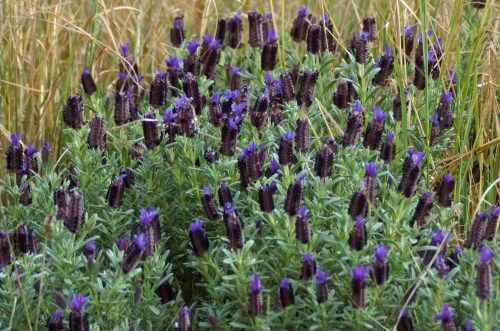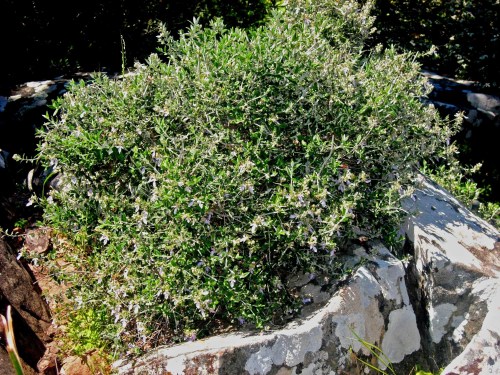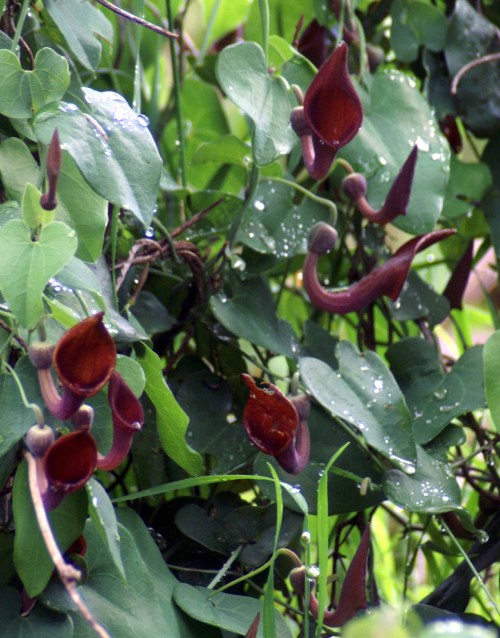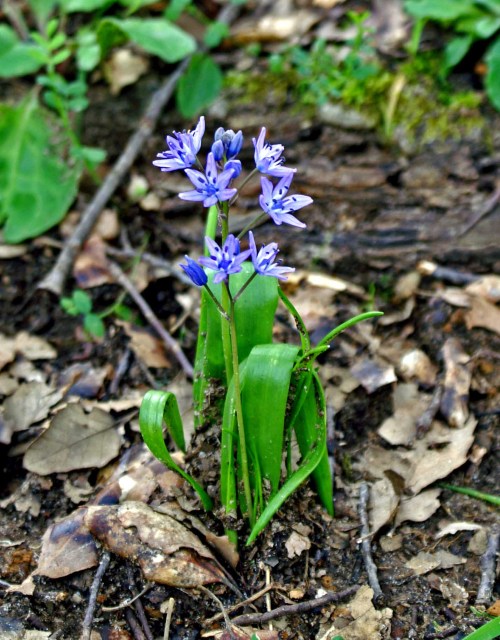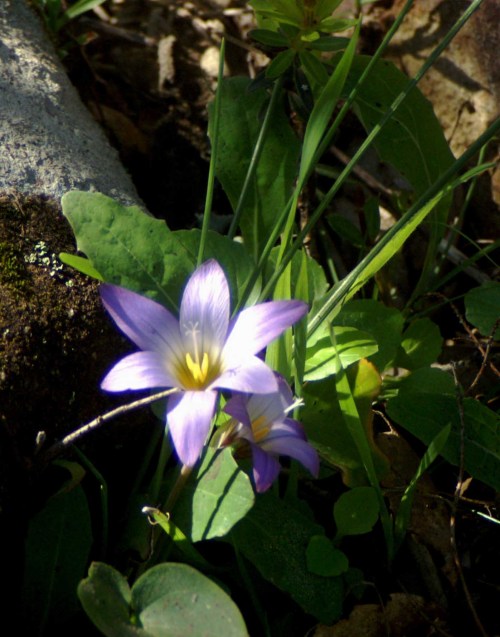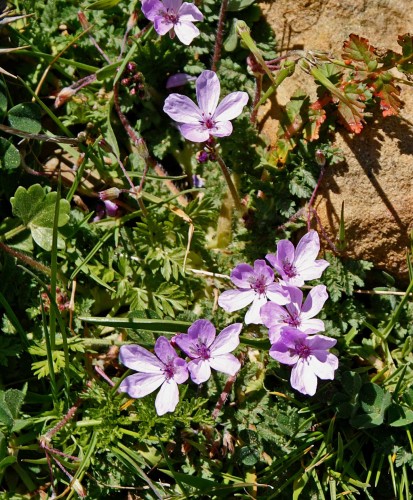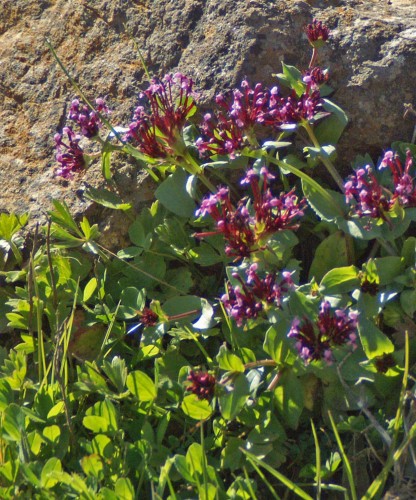Friday 1st April
My friends generously rescued me from an otherwise lonely weekend and invited me to stay with them at their home near Jimena, which along with the hospitality also presented the opportunity to catch up with some of what is happening in that part of the countryside. As I’ve said before, I love the drive from Sotogrande down to the Jimena road always, but at this time of year it can be particularly special. I was not disappointed, driving over last evening with the car windows down I heard plentiful snatches of songs of newly-arrived Nightingale and then reaching the bottom stretch of the road, the air was filled with the uplifting and heady perfume of orange blossom; a heavenly combination.
Later on we took a short walk down to the river where another Nightingale was singing from a tree at the top of the high bank that is surrounded by scrubby shrubbery and a tangled mass of brambles, another heavenly combination, but for the bird this time. There were Cetti’s Warblers calling from both sides of the river too, but as usual offered us only very brief glimpses of themselves as they dashed between covers.
Saturday 2nd April
We set off this morning with a bit of a list of things we hoped to see during the course of the day. We were heading up to Gaucín, our primary purpose being to seek Orchids, but then I also had a yen to find out if the Bee-eaters had returned yet to the nest-site I knew to be just beyond Jimena Estacion and additionally to maybe a sighting of a Woodchat Shrike. A little greedy maybe, but I was anticipating leaving the country for a few weeks and hoping to see as much as possible before then; by the time I return the freshness of spring will have already passed into early summer.
Our orchid hunt was to be along the same track we explored last April where we discovered a varied selection of the flowers. That was on the 17th of the month, a couple of weeks later than now, so thought we may be too early, but we were delighted to discover an even better, fresher display today.
Walking along this track on a sunny spring day is like walking through a beautiful wild garden, shrubs and flowers compete for the best patches of ground amongst the rocky terrain of the mountainside, interweaving to create artfully full and colourful displays that only pure nature could imagine. A photograph can only hope to highlight a tiny detail of the wholly glorious sight, no amount of words or pictures can do it justice, you really have to get out there and experience it if you can.

The petals of the pretty flowers of the cistus resemble crumpled paper and last only a few brief hours. This one is being devoured by a chafer, its hairs stained with bright yellow pollen.
The Orchids
Some of the orchids are soberly coloured and surprisingly difficult to spot, until you’ve found the first ones.Once we began to pick them out today we were surprised by their numbers, there were a lot more individual plants than we had seen last year and some impressively large colonies too. There were very good numbers of Mirror Orchids, an attractive and distinctive species that is easy to identify.

A large colony of Mirror Orchids together with other Ophrys species, growing in dry gravelly soil at the side of the track
Also plentiful, the Yellow Ophrys is again distinctive and unlikely to be confused with anything else.
The Sombre Orchid (or Dull Ophrys) also grows abundantly here. First impressions are of a slender plant, often taller than the Mirror or Yellow Orchids. They have a dark-coloured lip and a two- lobed blue speculum. There are also other species growing alongside them that have a similar appearance, but that have subtle differences. One such is Ophrys iricolor
The two species are very similar in their general appearance, but when you look closely you can see there are differences, most noticeably Ophrys iricolor has a more squared speculum with different patterning.
The species also cross-pollinate and produce sub-species, so there are even more variations to be found, but naming them is another thing!
Quite unique, the fascinating Man Orchid is easy to identify:
There were fewer specimens of the pretty and more showy Sawfly orchid to be found, but we did find a few, including this lovely large fresh specimen sited on a rocky slope and with other species behind it.
There was so much to enjoy on this walk, the warm sunshine, the glorious sight and wonderful scent of masses of golden flowered broom, the orchids and other early spring flowers and then an unexpected bird treat. Sitting quietly for a few minutes while I was photographing flowers, Jill heard two birds calling to one another as they worked their way towards us through the branches of a pine tree. When one popped out of cover she saw they were Crested Tits; I arrived to get a quick glimpse and a very quick photograph just before the second one flew out and away.
Griffon Vultures circling overhead are very much a feature of this mountainous area and we had several sightings of them today. We also saw a few other migrant raptors including Black Kites, Short-toed and Booted Eagles. We were pleased to hear our first Cuckoo and when we first arrived a Nightingale, but Sardinian Warblers were our most seen and heard birds throughout our time here today.
(For further details of Orchids, including scientific names etc, please see page listed under Flora)
















